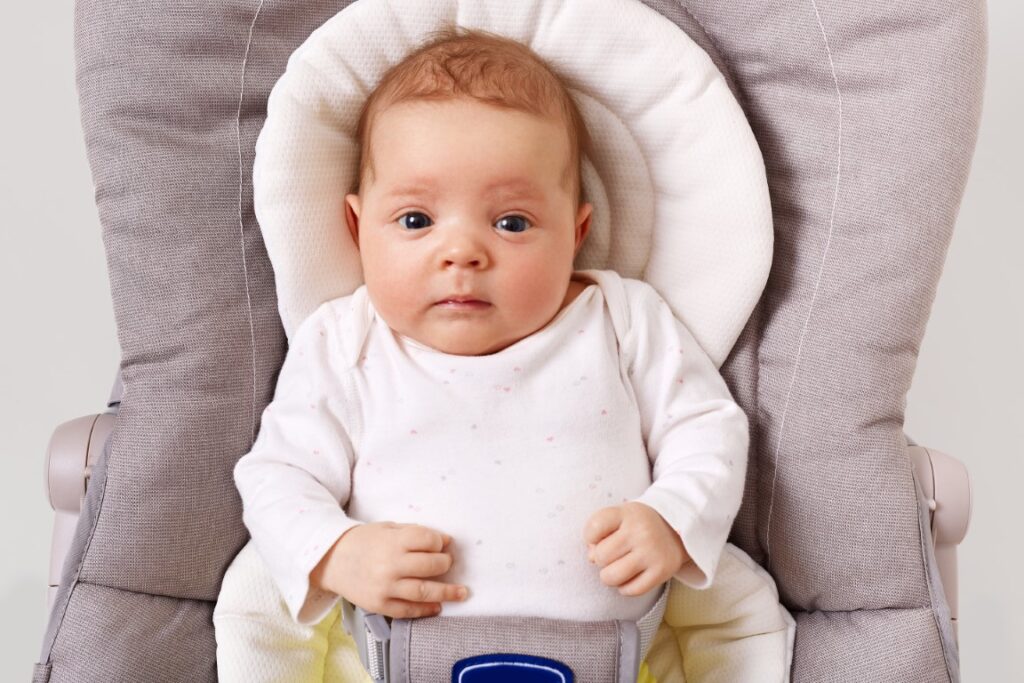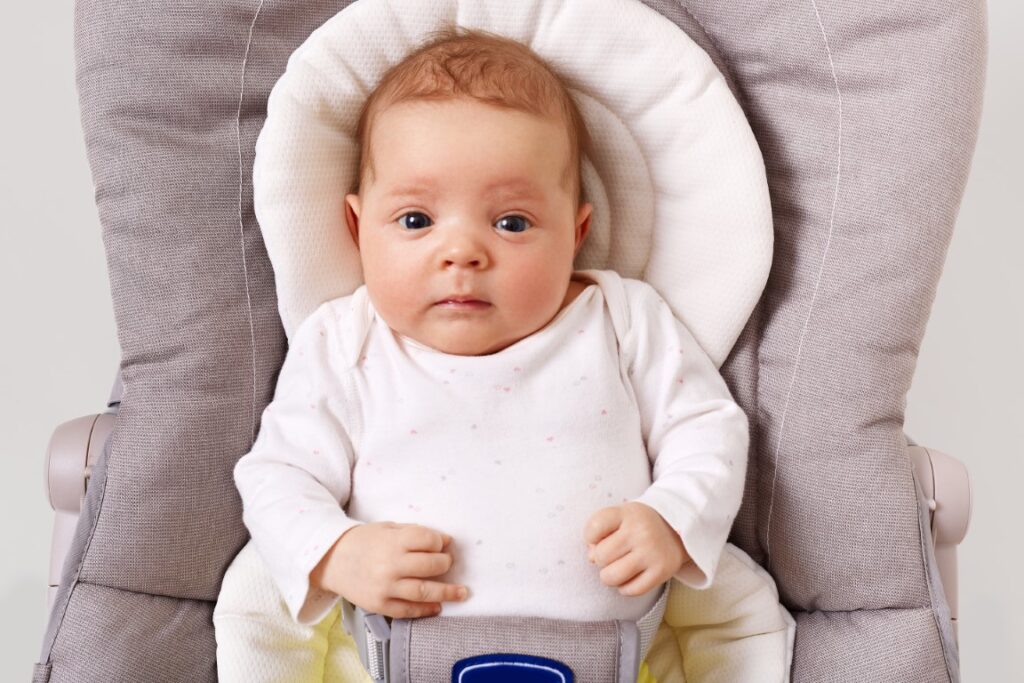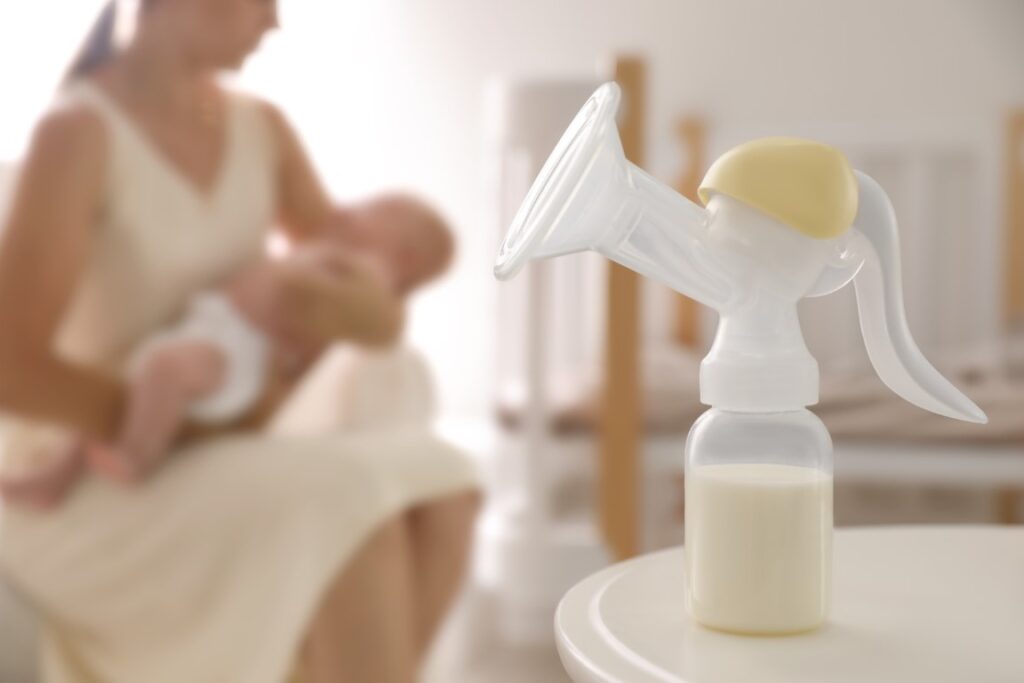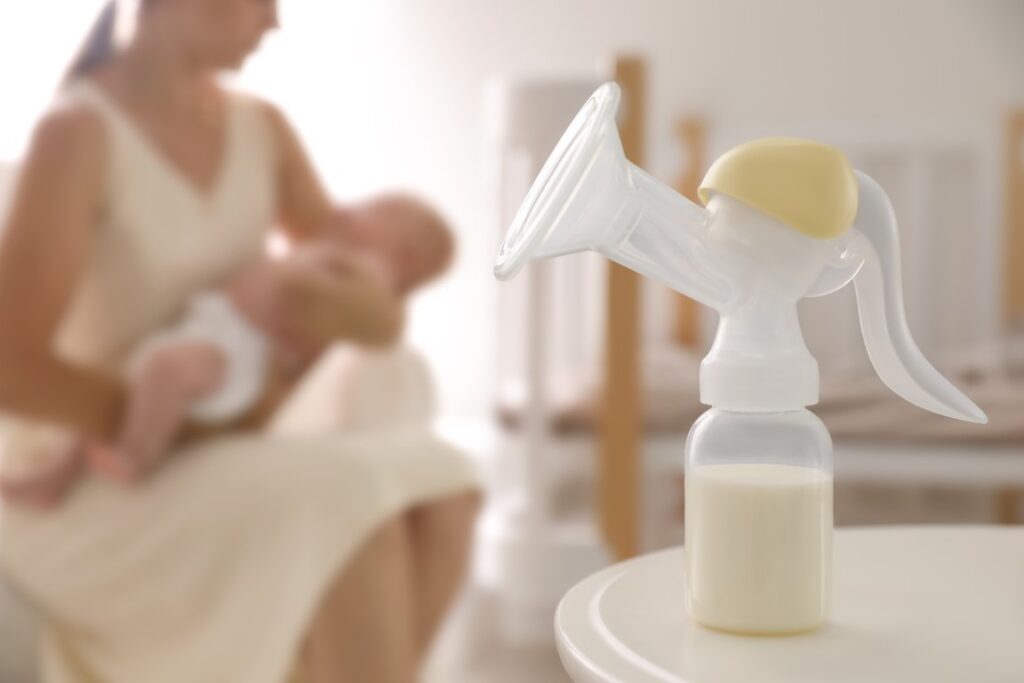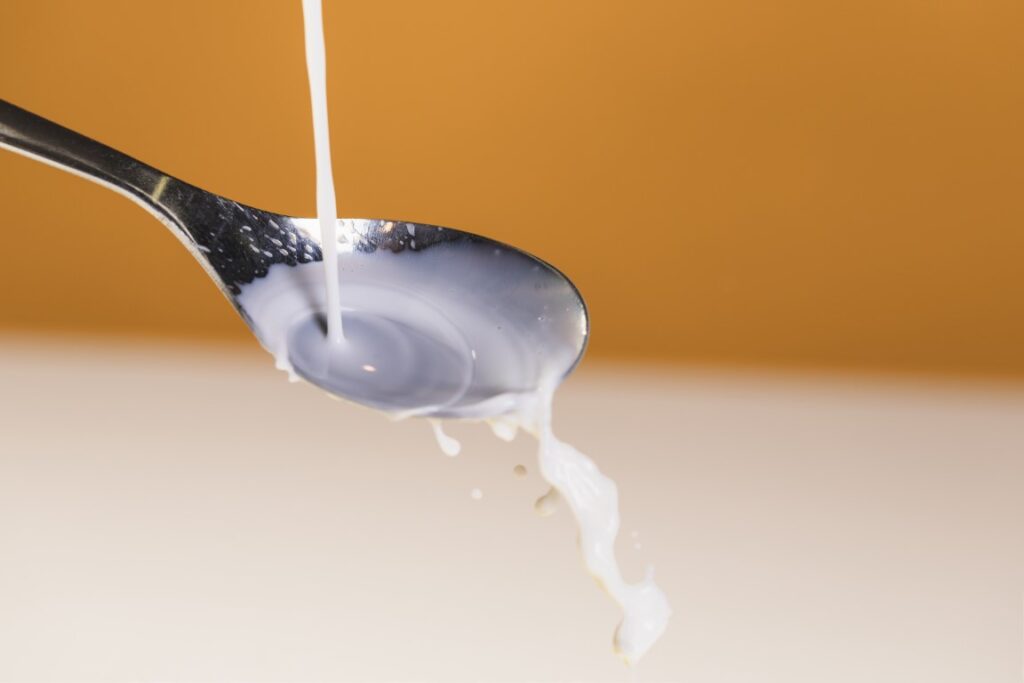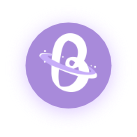Clogged milk duct
A milk duct that is blocked may cause discomfort or pain. Occasionally, milk ducts get blocked, causing discomfort in that area of your breast or developing a lump under the skin. In order to relieve discomfort and clear the duct:
a. Use warm compresses or warm baths to soothe the region. Several times a day, massage the region. Then, start nursing your baby right away.
b. When feeding, position your baby’s chin so that it faces the obstructed area. This will quicken the emptying of that portion of the breast.
c. As your little one is nursing, gently massage the lump. It may take two to three feedings for the lump to go away completely.
d. You may also gently massage the region for a few minutes while using a manual (hand) or electric pump to help pull out the blocked milk.
e. Between feedings, use cold compresses (ice wrapped in a small cloth).
f. Call your doctor if the lump doesn’t go away in a few days or if you get a fever, chills, pains, or red streaks.
Mastitis
You could develop mastitis if your breasts are tender, show red streaks, or have a firm, red region. In some women, a fever and chills may also appear.
a. Call your doctor if you suspect you have mastitis.
b. Continue breastfeeding or using a pump to remove the milk from your breasts while you wait.
c. Alternate between warm compresses and a light massage before nursing.
After the session, use cold compresses.
d. Your doctor might advise taking antibiotics to treat mastitis that has resulted from an infection.
Oral candida
Oral thrush is a yeast infection that can sometimes affect infants. The lips, tongue, or inner cheeks of babies with this condition may have pale or yellowish areas, as well as broken skin at the corners of the mouth. If the infection spreads to your breast, it may result in:
a. Nipples that are cracked, itchy, burning, pink, red, glossy, flaky, or have a rash with tiny blisters.
b. Shooting or searing breast pain during or after feedings.
c. Breast discomfort that doesn’t go away when your baby latches on properly or you adjust your baby.
If you or your infant exhibit any of these signs, contact your doctor right away.
Flat or inverted nipples
Women who have flat nipples (nipples that don’t get as erect as they should when a baby is nursing) or inverted nipples (nipples that turn in rather than stick out) may find it difficult to breastfeed or experience nipple discomfort. If either of these situations applies to you, speak with your doctor or a lactation consultant about how to make breastfeeding simpler and less painful.








